Lead generation funnels represent the customer journey during the sales process. A clearly defined funnel guides salespeople in effectively moving leads to the next phase of the buying cycle.
What are Lead Generation Funnels?
Lead generation funnels are inverted pyramids representing the buyer’s journey, which is typically composed of three stages – top, middle, and bottom.
- Top of the Funnel (TOFU): Also known as the awareness or discovery stage, it is where prospects begin to recognize that they have a problem. This part of the funnel aims to generate the attention of leads. Some organizations use a hybrid approach, combining inbound and outbound methods to attract customers.
- Middle of the Funnel (MOFU): At this stage, prospects begin engaging with your brand as they’re researching solutions to their problems. The goal is to nurture them into sales opportunities by leveraging content such as case studies, whitepapers, and ebooks.
- Bottom of the Funnel (BOFU): Prospects are now aware of their problems and have enough information to purchase. This is when salespeople can make their sales pitch or offer demos, trials, and discounts to close deals.
The main goal of a lead generation funnel is to create a systematic approach to generating leads and converting them into customers. This goes hand-in-hand with marketing strategies and allows salespeople to optimize their time and efforts.
Sample Lead Gen Funnel Template for B2B Agency, Consultancy, or Service
Lead generation funnels vary depending on the nature of the business and its target audience. Because agency, consultancy, and service-based businesses have no physical product, the main focus should be on building credibility and increasing brand awareness.
Here’s a template that will help you understand what the lead gen funnel of these types of businesses looks like:
Stage #1: Generate Interest
The first level of this funnel begins with attracting the attention of the target audience. Most agencies, consultancies, and service-based organizations do this by highlighting the value of their offerings.
Strategies that work best for this stage include:
- Leveraging high-quality content: Salespeople can share relevant and informative content as a way to educate and nurture prospects.
- Search Engine Optimization (SEO): This strategy entails optimizing your website to increase organic search visibility. Since 68% of all online transactions are initiated via search engines, investing in SEO is critical.1
- Pay-per-click (PPC) marketing: Unlike SEO, which focuses on organic traffic, PPC is a paid marketing strategy designed to attract the attention of specific demographics. On average, each dollar invested in this type of advertising yields a $2 return.2
Stage #2: Opt-in
When your lead generation strategy begins to work, you’ll see a rush of prospects entering your funnel, but not all of them will be high-quality. Lead qualification is the process of identifying high-value leads who are easier and faster to convert into customers.
A common strategy for lead qualification is optimizing landing pages, which are specifically designed to entice site visitors to follow a particular call-to-action.
You can make use of landing pages as a lead qualification tool by adding opt-in forms such as:
- Registration forms
- Contact forms
- Sign up forms
- Newsletter signup forms
These forms allow you to automatically segment visitors based on their answers and identify which ones match your ideal customer profile.
Stage #3: Lead Nurturing
B2B transactions tend to take more time and effort, as they involve more decision-makers to sign off a deal. Employing an appointment setting strategy can speed up the process by helping prepare leads to make buying decisions.
This tactic entails using cold calling and emailing to engage prospects and determine whether they’re a good fit for your company. If the lead fits, they’ll be encouraged to book a meeting with account executives, who’ll work on closing the deal.
Tips on How to Optimize Lead Generation Funnels
Here are actionable tips that will boost the effectiveness of your lead generation funnel:
Use the Right Tool
Most lead generation tactics are labor-intensive and time-consuming. Using tools with automation features can help make these tasks easier and faster.
Examples of tools that can help optimize your lead generation funnel include:
- Advertising tools
- Email marketing tools
- Customer relationship management (CRM) tools
- Appointment scheduling tools
Understand Your Target Audience
The foundation of an effective lead generation funnel is a thorough understanding of your target audience. You must know their unique pain points, preferences, and buying signals to create an efficient funnel.
Consider Competition’s Best Practices
There are many things to learn when observing your competitors’ lead generation funnel. Because you have similar target consumers, there’s a high chance that their tactics will also work for your business. You can track their funnel to learn from their mistakes and emulate best practices.
Bottom Line
A clearly defined lead generation funnel can significantly increase conversion rates and minimize missed opportunities. You can tweak our sample accordingly to your business’s unique features and target audience and use it as a guide to generate the best outcomes.




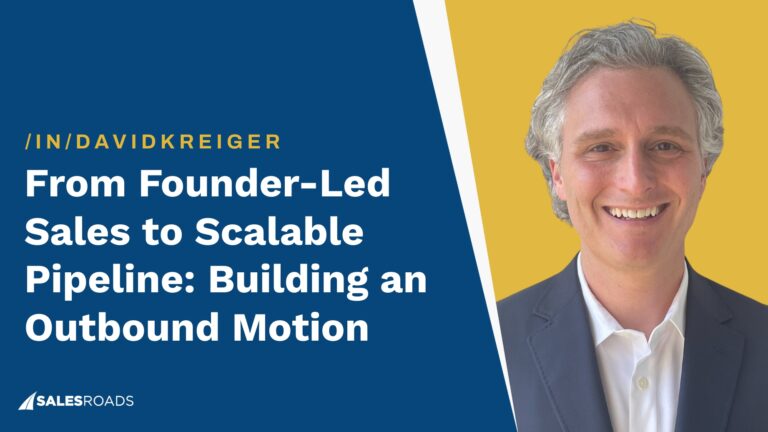
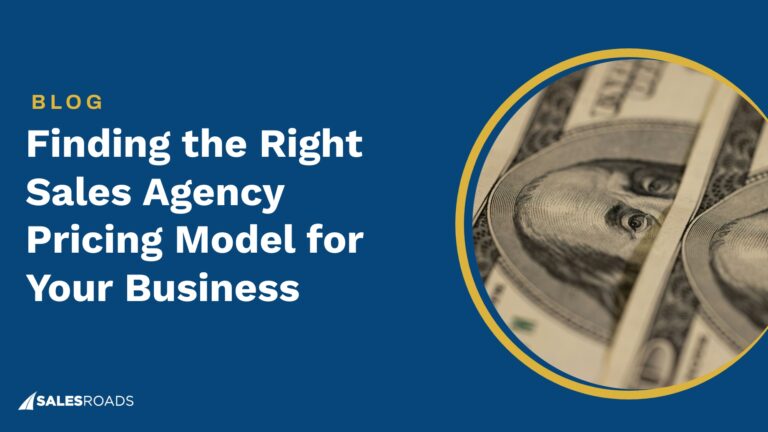

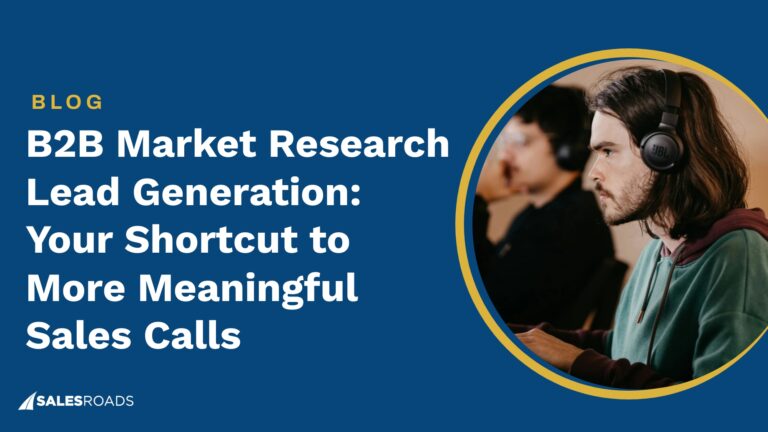
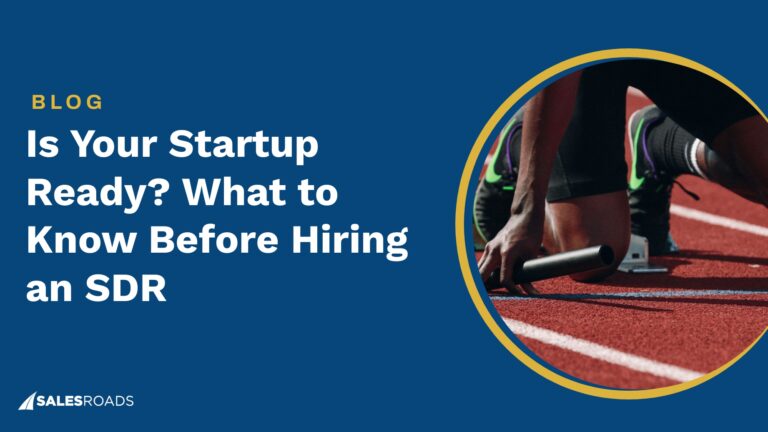
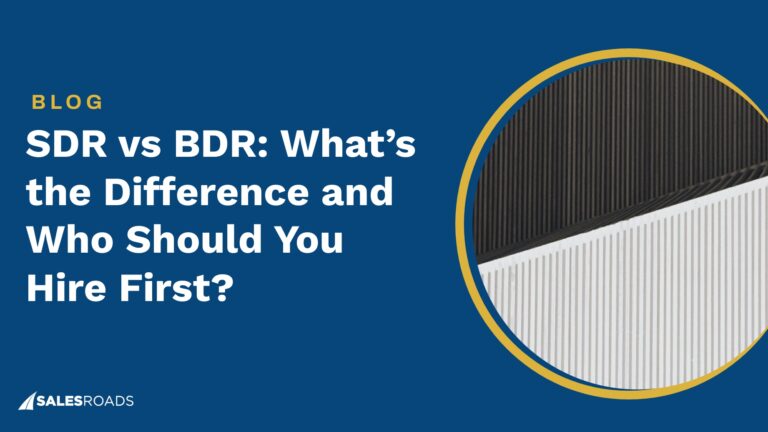
![Reverse a Sales Decline with the Root Cause Analysis [Step-by-Step Guide]](https://salesroads.com/wp-content/uploads/2025/07/Reverse-a-Sales-Decline-with-the-Root-Cause-Analysis-768x432.jpg)
